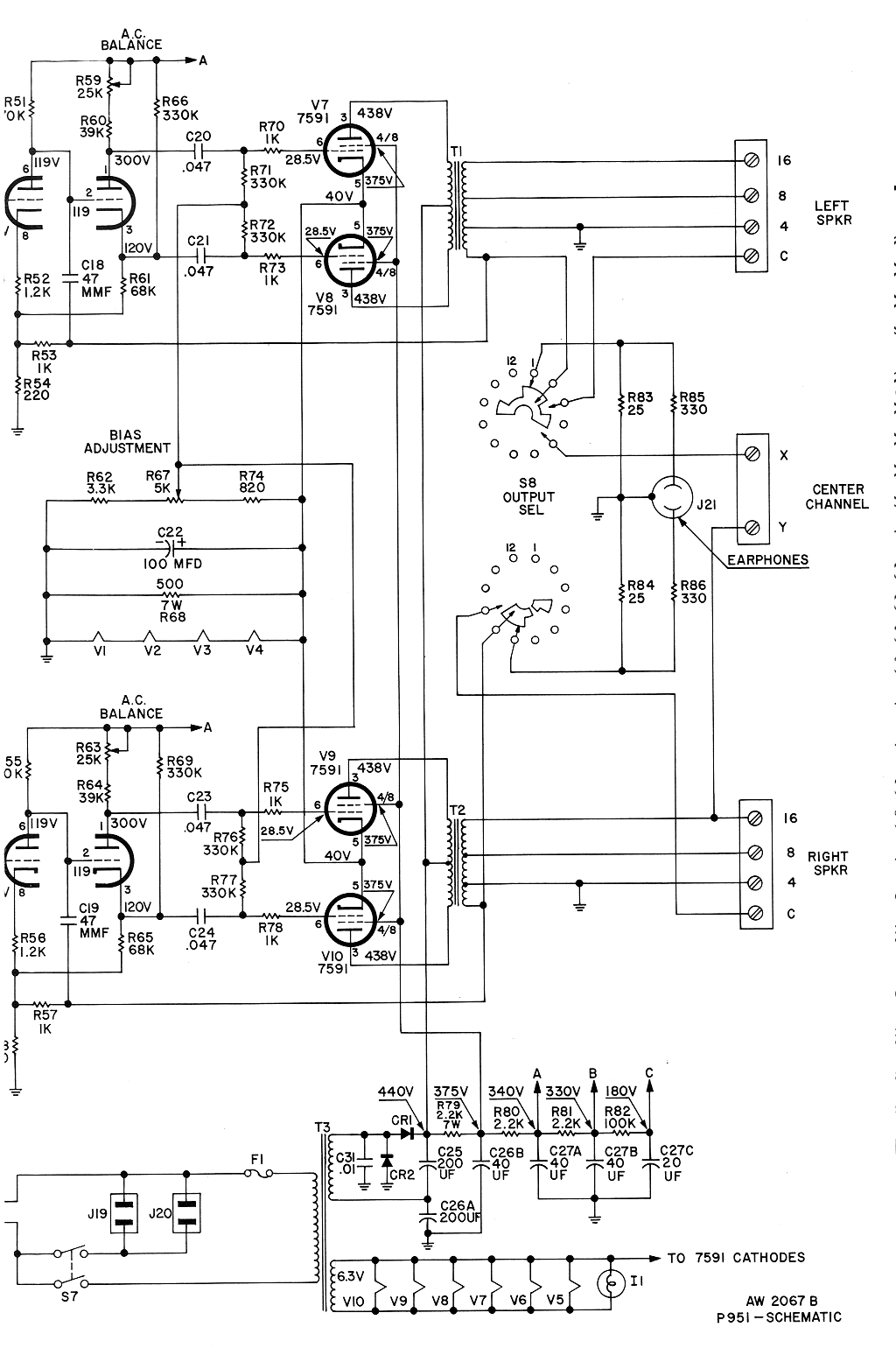audiodon
Addicted Member
Well folks,
I have to thank fellow audiokarma member kymers for this one. Scott, this is big for me. I really appreciate the sale.
I've been looking for one of these in good shape for years. To me they represent the height of and possibly the best of Fisher's mid-century modern '60s styling. I'm happy as a dancing banana (but I won't plug one in here).
It came without tubes and I put tubes in from my X-200 just to test it. I cleaned it up first though.
Check this beast out. It works well enough with the following caveats:
1. The volume knob is very sensitive at low settings. I have to adjust both the volume and the balance knobs. This is even after cleaning.
2. There's a loud distorted sound out of the right channel when I shut it off until some cap inside discharges.
3. It was missing a couple knob caps, so I put them on.
I cleaned the chassis, cleaned the knobs, cleaned all the pots and switches and all the tube sockets. Then I stuck it in the oven for a couple hours at 160 and then let it cool.
Next up was to stuff in some tubes and bring it up on the variac slowly.
Over a five hour period it went from 30 volts to 120VAC to 124 right out of the wall.
Sounds good. Doesn't get too hot. Can caps don't get to hot either. I ran it at full line voltage for about three hours.
It needs the full restoration. Can caps, couplers, and so on and so forth.
Check out the pictures. I think this will be my keeper integrated. It's way cool. No broken porcelain in any RCA sockets or anything. The only thing the X-200 has over it is an aux2 switch position.
audiodon
I have to thank fellow audiokarma member kymers for this one. Scott, this is big for me. I really appreciate the sale.
I've been looking for one of these in good shape for years. To me they represent the height of and possibly the best of Fisher's mid-century modern '60s styling. I'm happy as a dancing banana (but I won't plug one in here).
It came without tubes and I put tubes in from my X-200 just to test it. I cleaned it up first though.
Check this beast out. It works well enough with the following caveats:
1. The volume knob is very sensitive at low settings. I have to adjust both the volume and the balance knobs. This is even after cleaning.
2. There's a loud distorted sound out of the right channel when I shut it off until some cap inside discharges.
3. It was missing a couple knob caps, so I put them on.
I cleaned the chassis, cleaned the knobs, cleaned all the pots and switches and all the tube sockets. Then I stuck it in the oven for a couple hours at 160 and then let it cool.
Next up was to stuff in some tubes and bring it up on the variac slowly.
Over a five hour period it went from 30 volts to 120VAC to 124 right out of the wall.
Sounds good. Doesn't get too hot. Can caps don't get to hot either. I ran it at full line voltage for about three hours.
It needs the full restoration. Can caps, couplers, and so on and so forth.
Check out the pictures. I think this will be my keeper integrated. It's way cool. No broken porcelain in any RCA sockets or anything. The only thing the X-200 has over it is an aux2 switch position.
audiodon











